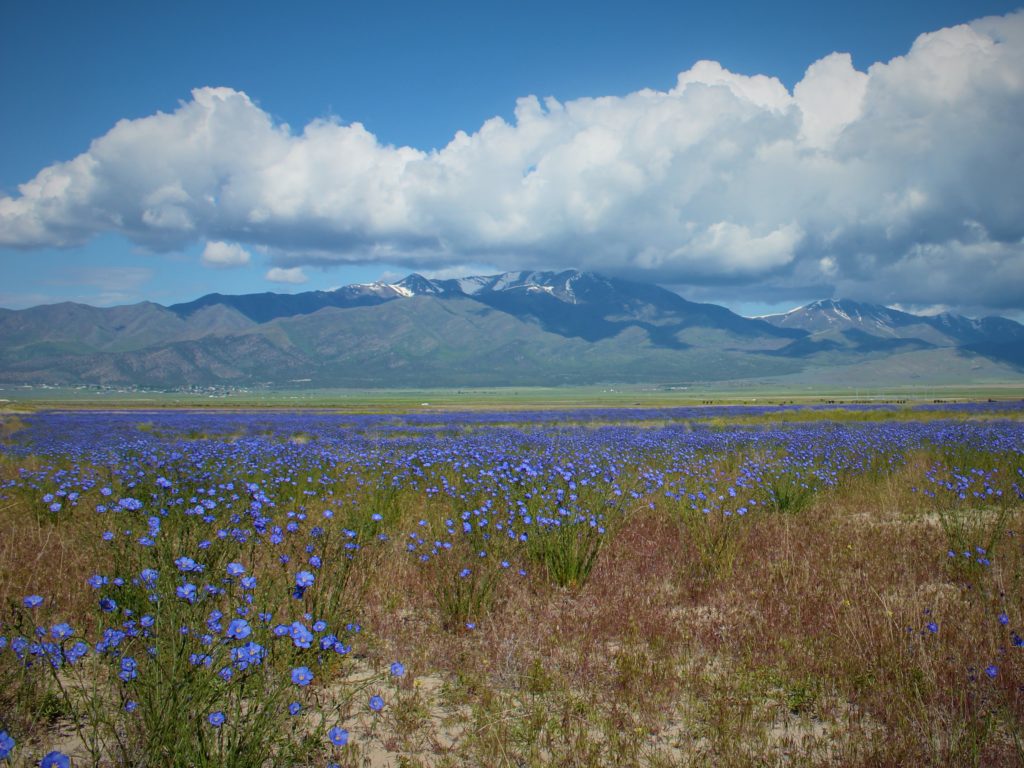As an IT professional, I can tell you that the more systems you work on, and the more power you are given over those systems, the more likely you will mess something up. And I have also learned that the quicker you accept the fact you messed up, and concentrate on fixing the problem, the faster people forget about it, and the quicker you can let it go.
There was one time when a junior systems administrator (SysAdmin) did something that caused a group of people to lose some data that they had been working on for a while. When the mistake was discovered, everyone kicked into fix-it mode. We started looking into backups and other options to restore the data. In the end, we found that we could not restore the data, that because of a simple mistake, lots of time and money was lost. While we were trying to find a solution, I looked over at the junior SysAdmin, and noticed what he was doing. Instead of owning the problem, and trying to fix it, he was looking through the logs to see if he could shift the blame to someone else. He knew what he had done and had not told anyone about it. The sad thing with this situation, is that if the SysAdmin would of owned it, and started fixing it in the beginning, the data would not of been lost. But because he was trying to hide his mistake, a time threshold passed, and the data was no longer available for restore.
I once also had a similar situation happen to me, I did something similar to the above example. Once I knew what I had done, I owned it, called my boss and explained to him what happened. Then we worked on finding a solution. The solution was to call Tech Support and see if they could fix what I had screwed up. I called and explained to them what had happened, and I remember the tech support guy saying, “Yup, you should of not of done that. Why would you…” I interrupted his next sentence and said to him, “Yup, I know, but we can’t change that now. What do we do to fix it?” Lucky for me, about an hour later, we had rebuilt the array and no data was lost. But, if I would of spent time trying to hide, or deflect what had really happened, then there would of been no way to restore the data. The issue we were working on was only fixable because we were able to concentrate on fixing it before a time threshold was reached.
I learned the philosophy to Own it, Fix it, and Move on fairly early in my IT career. But I have found it harder to apply to other aspects of my life. It is an essential lesson and I think that society needs to learn and apply. You can just ask Aimee, and she will tell you that this is something that I have not perfected, and still need to work on. I have also found that by writing about something I need to work on, it helps solidify that concept in my mind. That is the main purpose of this post, this is to help solidify the Own it, Fix it, and Move on mentality in other areas other than in just my IT career.
First, I am sorry. But life is not fair, and it was never intended to be fair. Everyone has their problems that are unique to them. That is one of the things that makes life so interesting. Imagine a world where things really were equal and fair. It will never happen, and why? Because of human nature and our ability to choose. But the other side is also true. Because life is not fair, there are people who can excel in areas, by their example and experiences, they can make society a better place.
I know at least two people that because of medical issues could throw up their hands and scream at life. Life has given them some trials that would seem unfair. They have had to fight some very significant health battles. But they both have been an inspiration to me. They both have their hard days, but instead of complaining about how hard life is for them, they have used their struggles to help pull people along, and to share their light. I am not going to mention them by name, because I know that they would feel uncomfortable if I did. But they are a perfect example of how life can be unfair, but you can take that, and turn it into a positive and make society better.
Second, people make mistakes, and do things they know they should not do. You can be the best parent in the world, and your child will still push boundaries and do things that they know you have taught them not to do. Most of the inventions that have brought society forward, have been because someone has made a mistake. They have learned from that mistake, and have tried to fix it. And in the process of fixing it, they have help to make society a better place.
Third, taking responsibility is hard. And a lot of times taking that responsibility or having others take responsibility for their actions does make you look the fool. But you know what? Everyone at some time looks the fool. It is part of life not being fair, and people messing up. The lesson to learn is how to shake it off when you do look the fool, because everyone at some point will, and then move on and make society better by the lesson you just learned.
I am a father of nine children. And being such I have a unique prospective. I can tell you that all nine of my children are completely different. Sure, they have the same parents, but each of them have their own struggles (yes, they are not equal), they have made mistakes in different ways (yes, even after we have taught them not to do it.), and they have all tired to avoid responsibility. And they have all done it at different times, about different things.
But one thing I have tried to teach them all, is that no one is responsible for your actions. You are responsible for your actions. Yes, life is not fair, get over it. Yes, you will screw up, own it and take responsibility for your actions.
The news lately has made me so mad. I am so tired of society always trying to assign blame to something besides the person who has done the wrong deed. In my opinion, not taking responsibility for your actions, is one of the worst things that we are teaching the future generation. We are teaching them, that it is okay for them to identify as they wish, act as they want, and to blame it on something else. Society is teaching them to avoid responsibility and to blame something else for the way they behaved.
Sorry, your actions are your actions. They are not caused by your Race, Sex, Genetics, Childhood, etc. Those things may influence who you are, but the should NEVER be the reason for bad behavior. And yes, society is telling you that you are not responsible for your actions, it is because of how unfair the system is, etc. Ultimately, you are the one that murdered, raped, bullied, or destroyed property breaking laws in the process. No matter how much society will try to give you a way out, it was your actions that caused it.
I think that taking responsibility is a sign of maturity. Anyone who has kids sees this evolution over time. At first the child will try to avoid responsibility, lie and all costs to avoid responsibility and the negative impact that action may cause. But over time, they see that responsibility is a powerful tool. Responsibility has the ability to make one better, give confidence, and build up that person in the eyes of others. I think our society has taken a step back in regards to maturity. The previous generations knew what responsibility meant, and worked to gain it. Society now, is like a two year old, that has not yet learned that responsibility is power, and they are still trying to not look the fool, or to get in trouble for their mistakes. Society needs to mature, and put the blame where it should be placed. It should be placed on the individual, and that individual needs to take responsibility for their actions, and stop allowing society to give them a scape goat. I say it does take a village to raise a child, and that village is currently raising a bunch of narcissistic brats. But it takes the individual to transform from child to adult. It takes the individual to mature and own it, fix it, and move on. And in the process learn the true value and power of responsibility.
People need to Own it, Fix it, and Move on. My question to you is this. When you live in a society that suggests that you take no responsibility, rely on others to fix the problems, and encourages you to play the victim and to not move on, how do you teach your children those values? Instead of society maturing, and growing, it plays the part of the two year old and tries to avoid responsibility in all forms. How do you think we can turn things around, and have people mature, so that people own their mistakes, find ways to fix those mistakes, and then move on with the maturity the experience has given them?

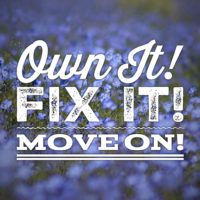
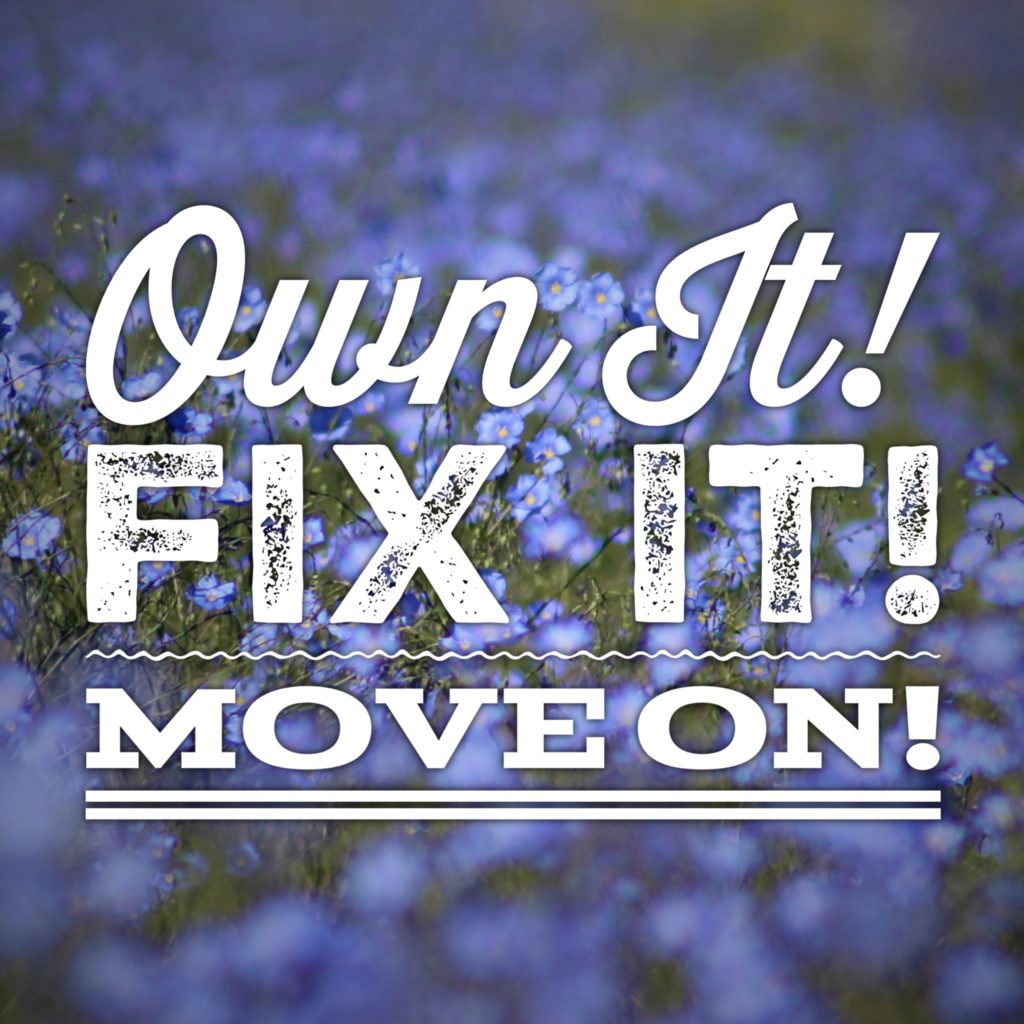
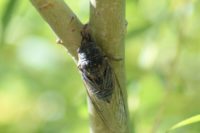
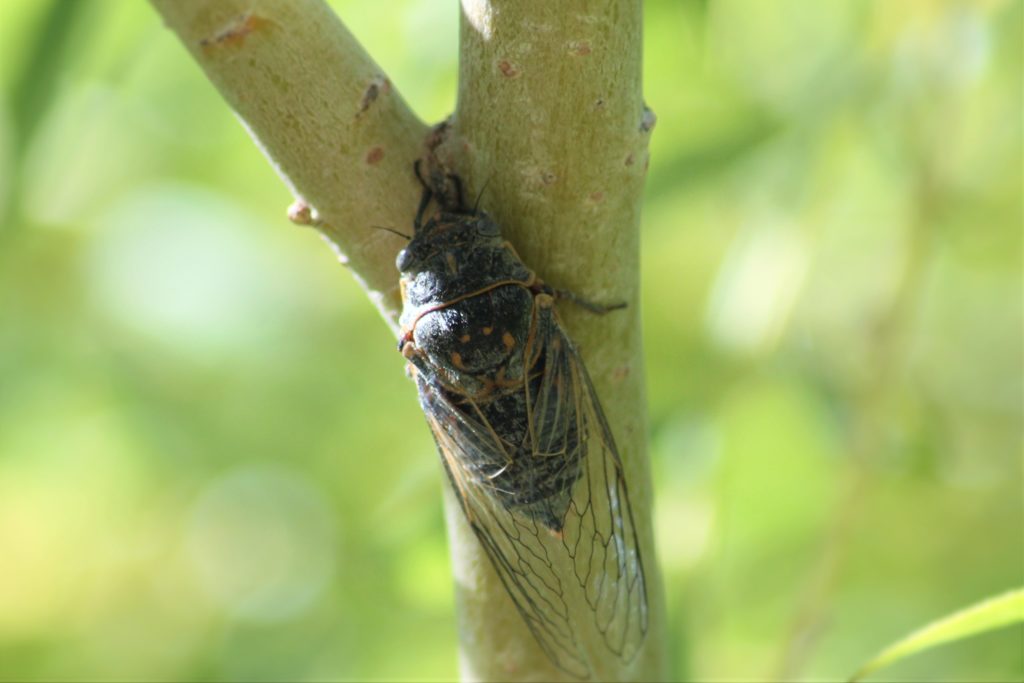 Cicada are an interesting insect. And they are not something you see or hear very often in the high desert. We have a couple of willow trees in our front yard, and they have been buzzing with the sounds of cicada.
Cicada are an interesting insect. And they are not something you see or hear very often in the high desert. We have a couple of willow trees in our front yard, and they have been buzzing with the sounds of cicada.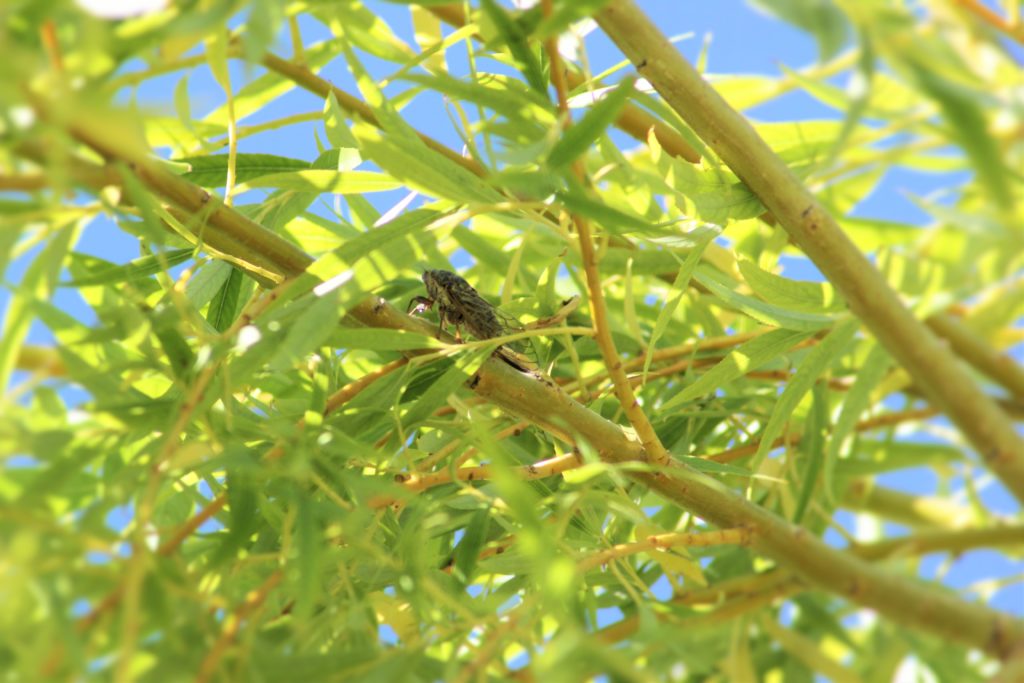
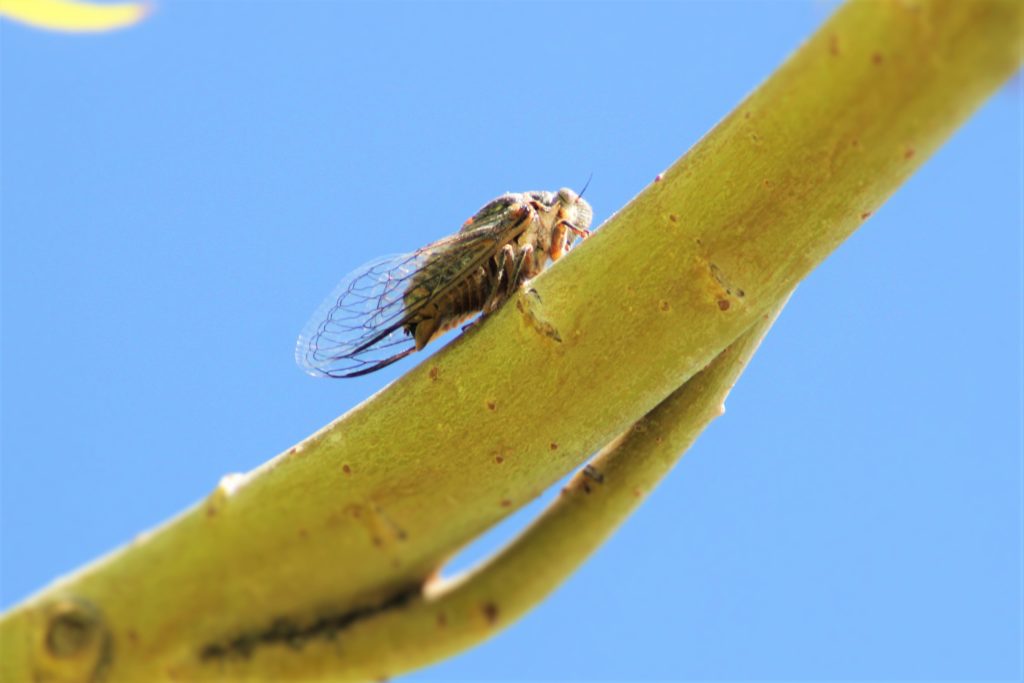
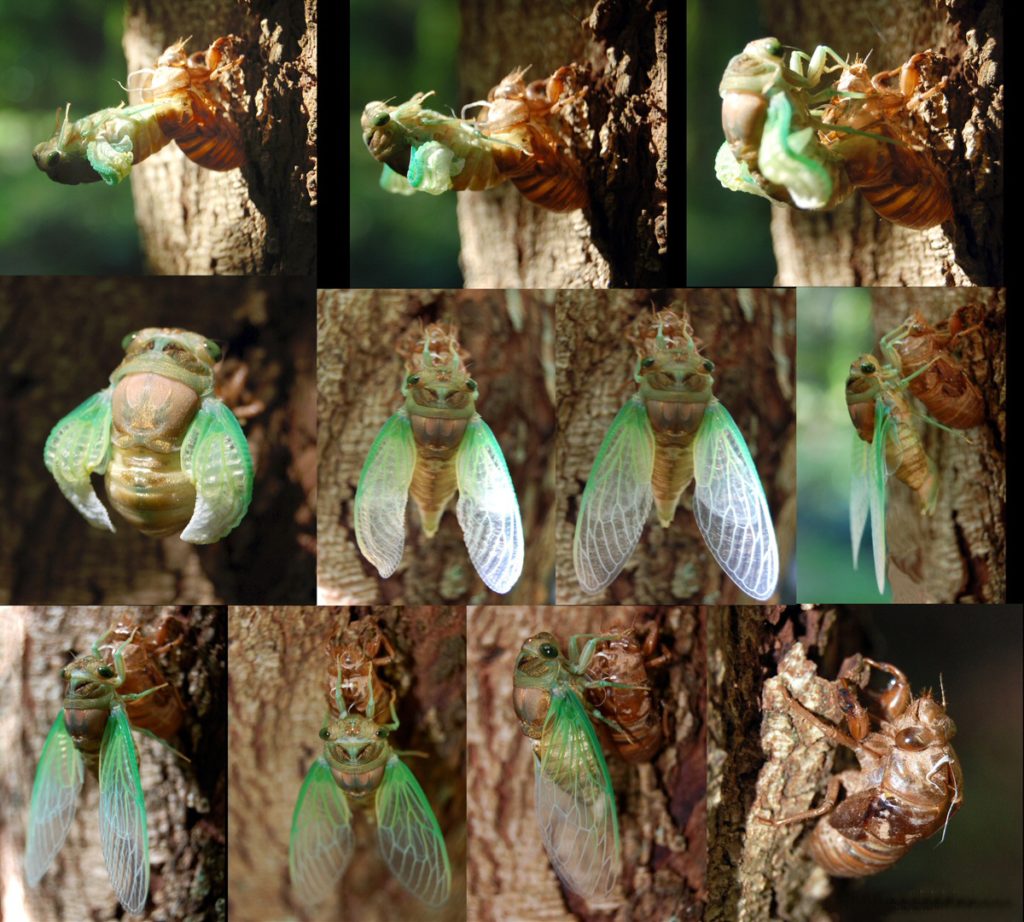
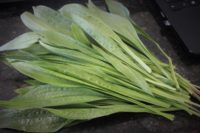
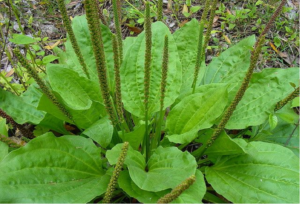
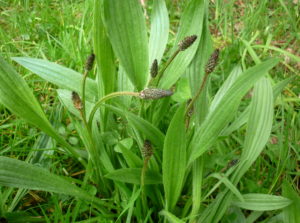
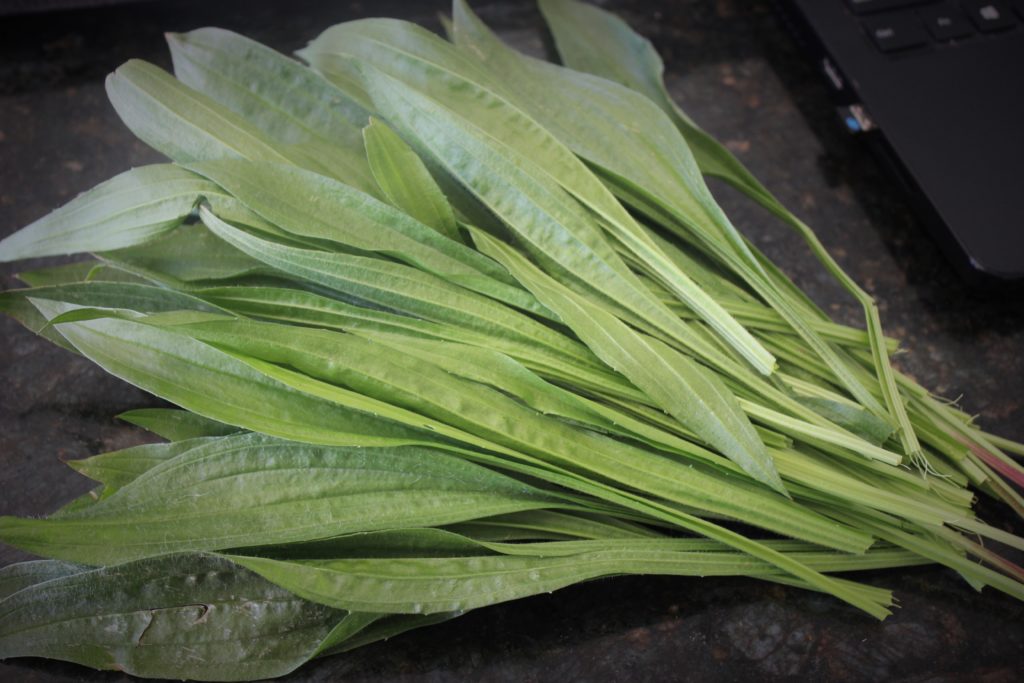
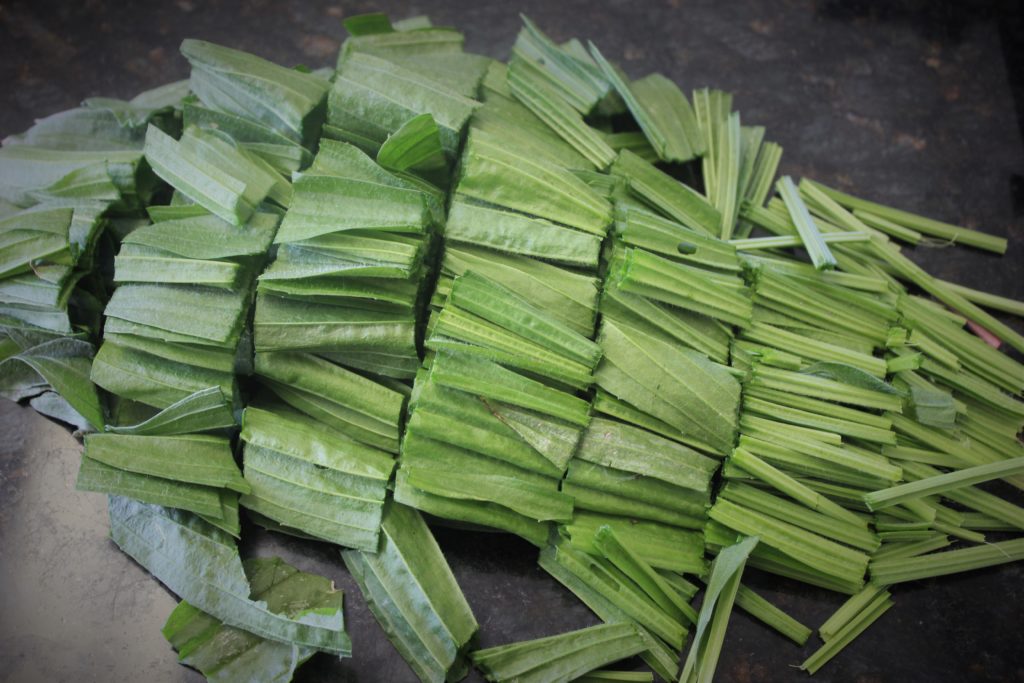
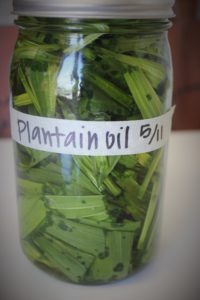
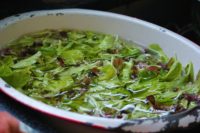
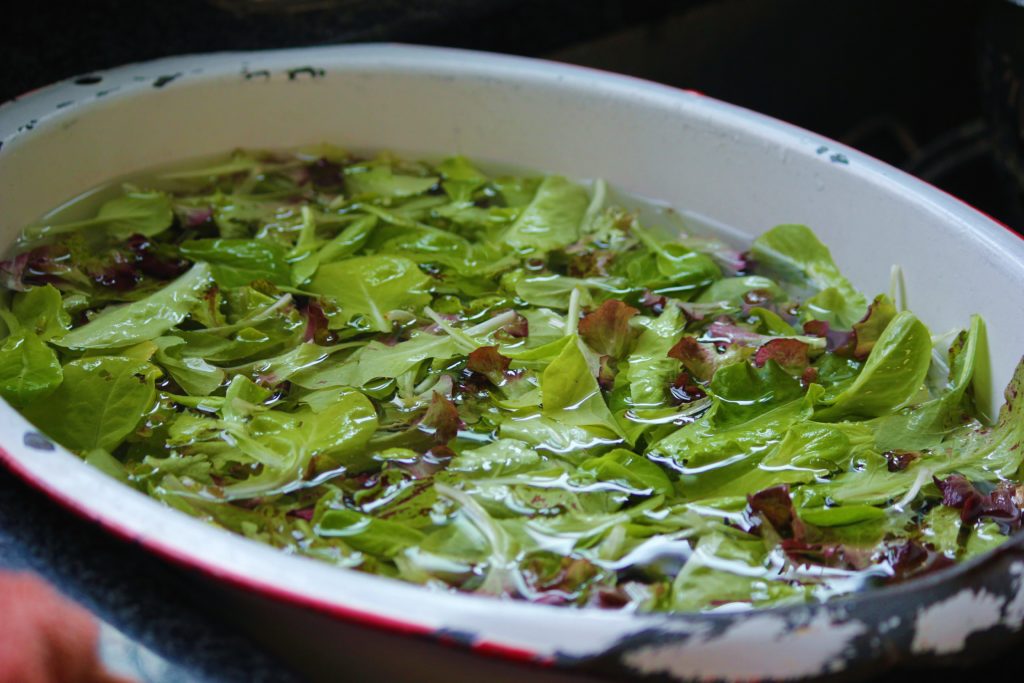
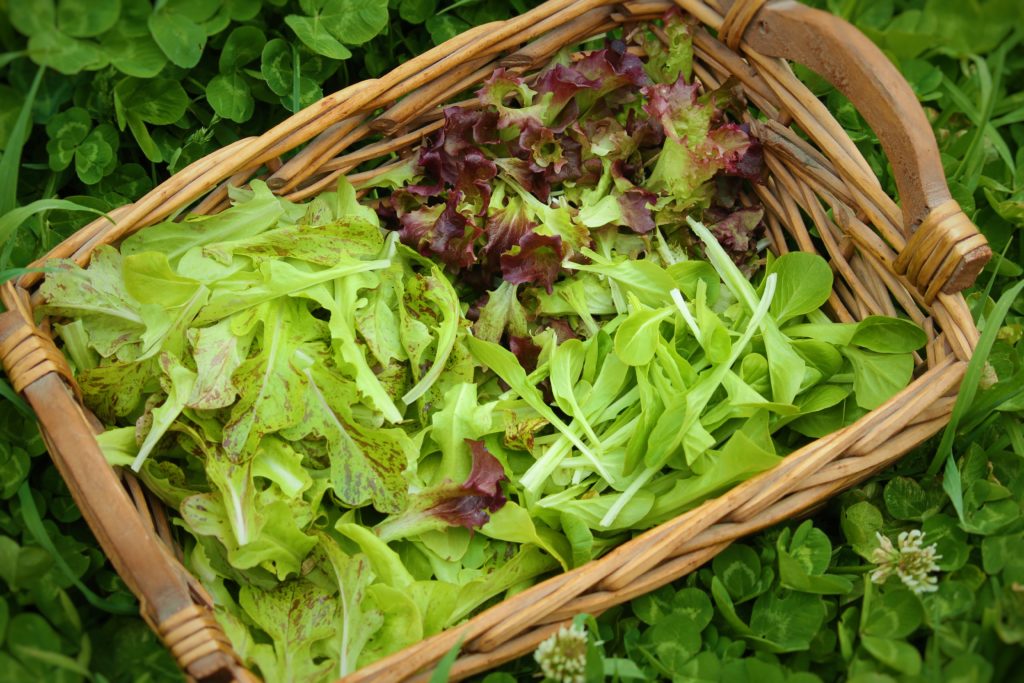
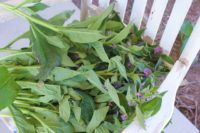
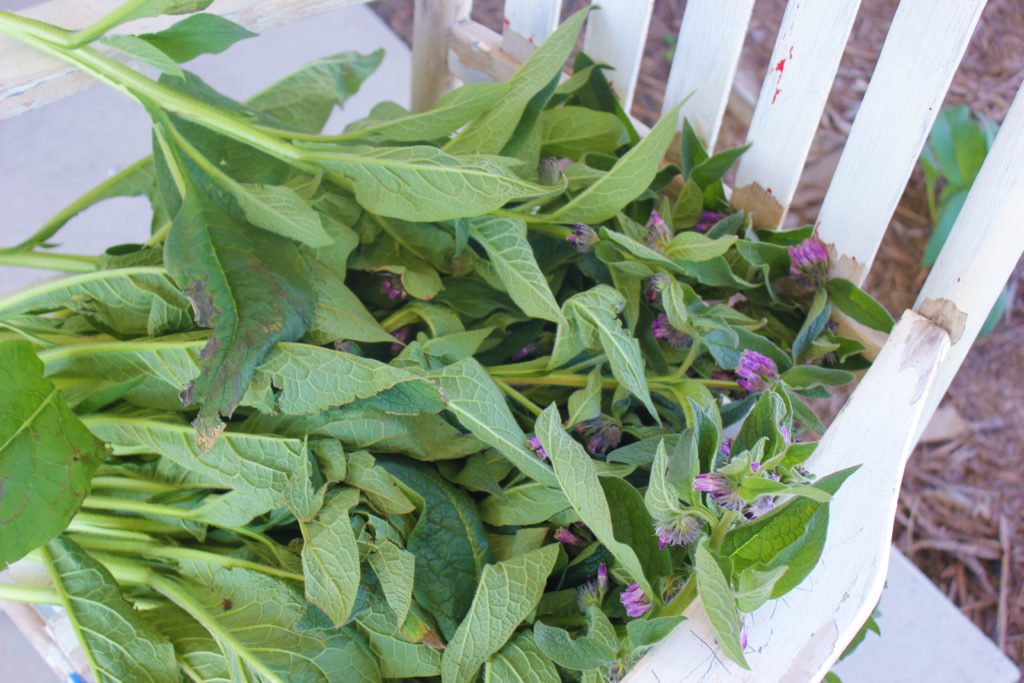
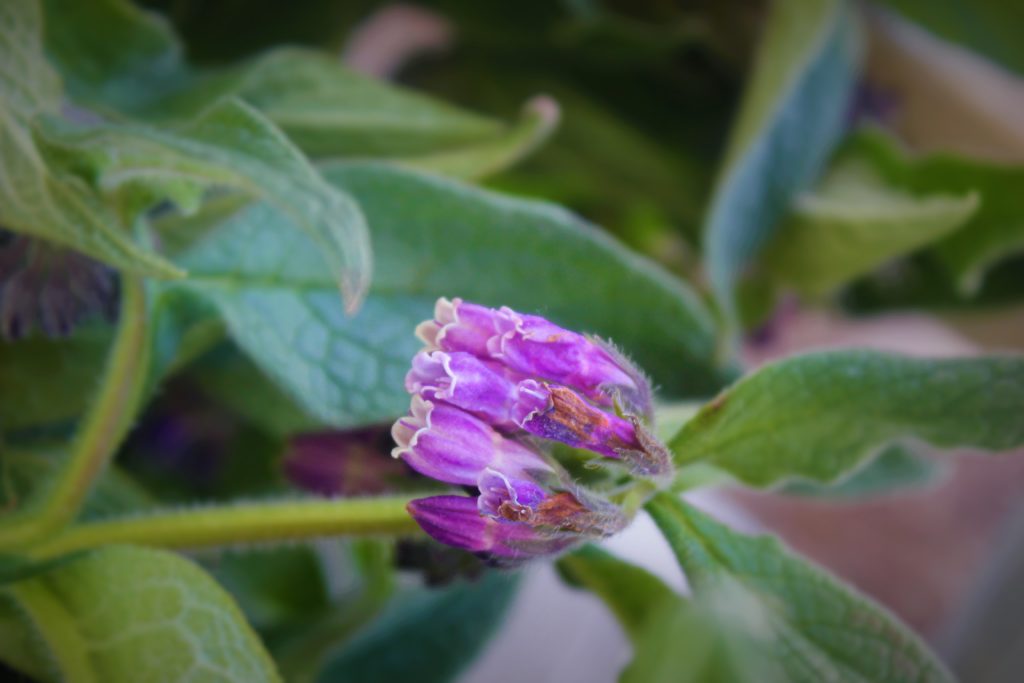 Comfrey is quite easy to dry, but there are some considerations. The leaves are quite big and hold a lot of moisture, therefore they need to be dried loosely. Typically a person will gather a large bunch of plant materials, tie it in a bundle and dry. This won’t work with comfrey, I have ruined many batches by doing it this way, the comfrey will mold, and we don’t want that. Instead I have found that it is just as easy to hang each stalk on a nail and it drys very quickly this way, with out the mold.
Comfrey is quite easy to dry, but there are some considerations. The leaves are quite big and hold a lot of moisture, therefore they need to be dried loosely. Typically a person will gather a large bunch of plant materials, tie it in a bundle and dry. This won’t work with comfrey, I have ruined many batches by doing it this way, the comfrey will mold, and we don’t want that. Instead I have found that it is just as easy to hang each stalk on a nail and it drys very quickly this way, with out the mold.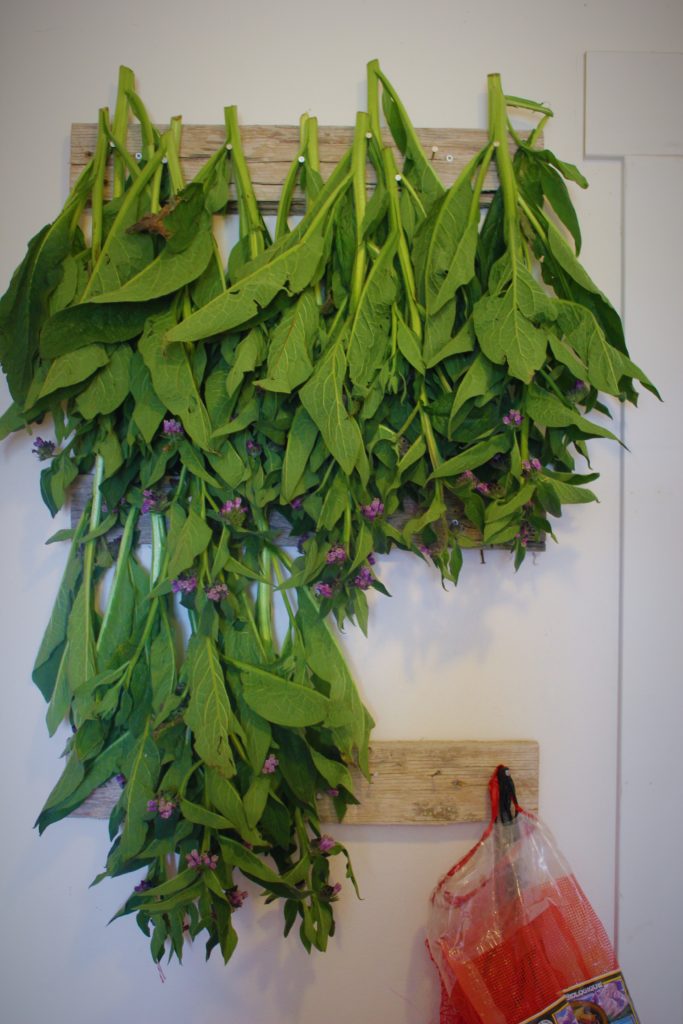
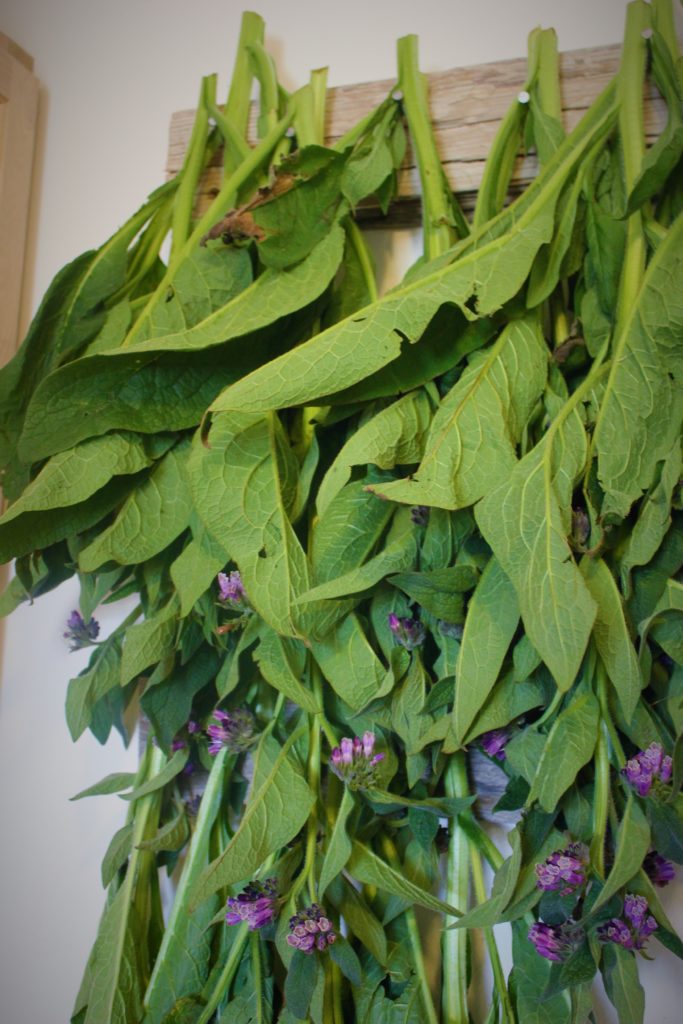
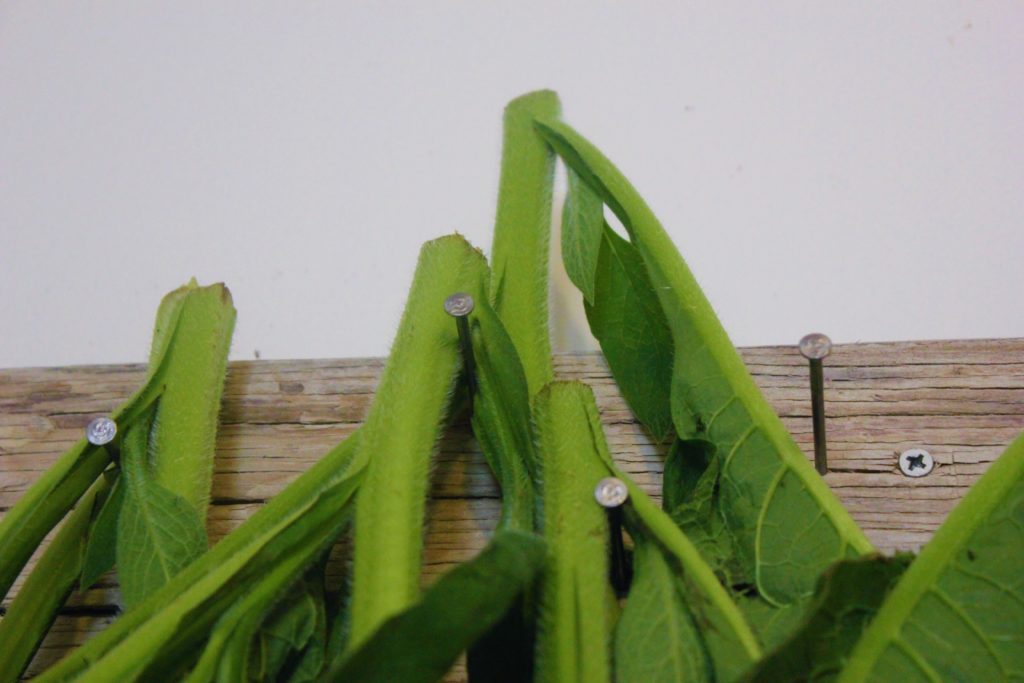 After a couple weeks the comfrey will be nice and dry. At this point I will chop it up and store it in brown bags in a dark dry place. The reason I use brown bags is so any moisture that is left can be wicked out, instead of growing mold. I will use this through out the year in herbal infusions and poultices. Comfrey is one of my favorites for the garden, and for the body.
After a couple weeks the comfrey will be nice and dry. At this point I will chop it up and store it in brown bags in a dark dry place. The reason I use brown bags is so any moisture that is left can be wicked out, instead of growing mold. I will use this through out the year in herbal infusions and poultices. Comfrey is one of my favorites for the garden, and for the body.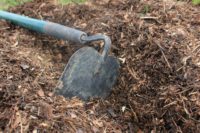
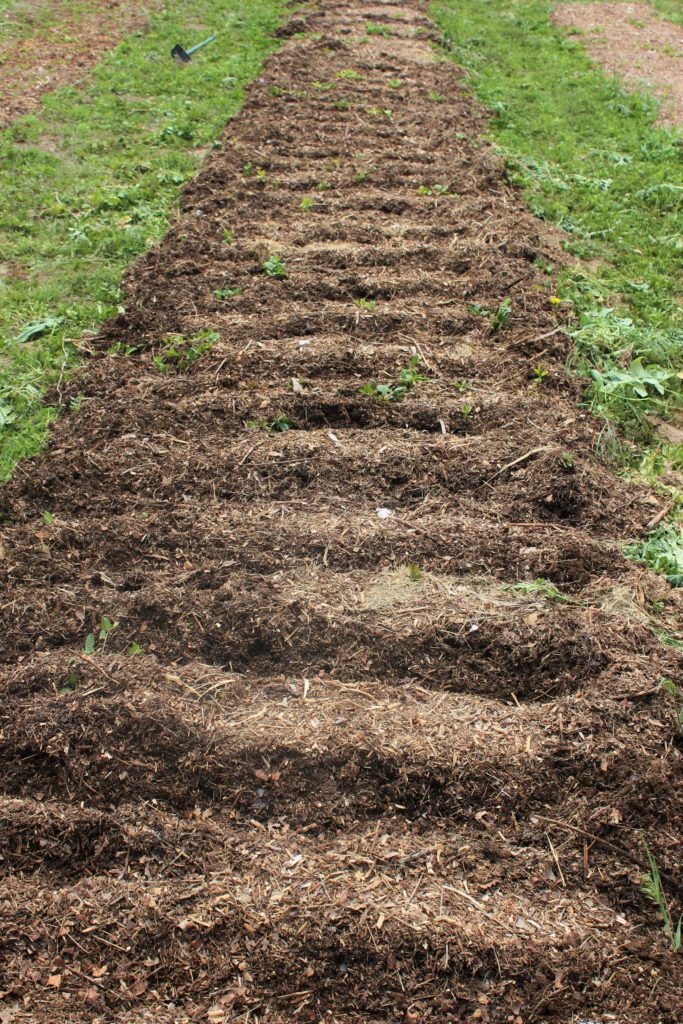
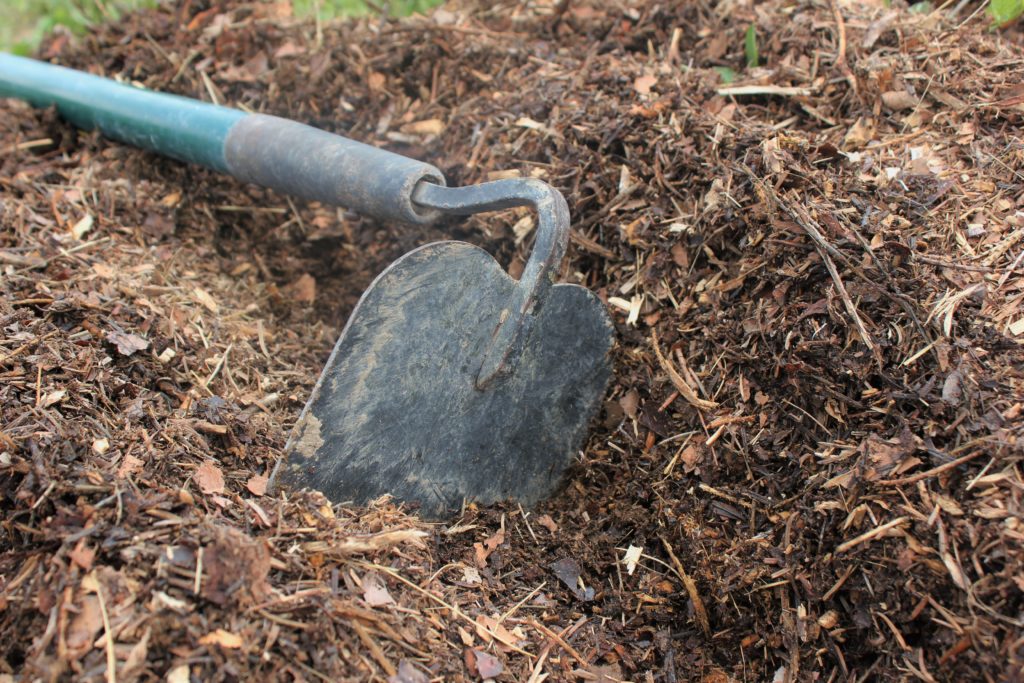
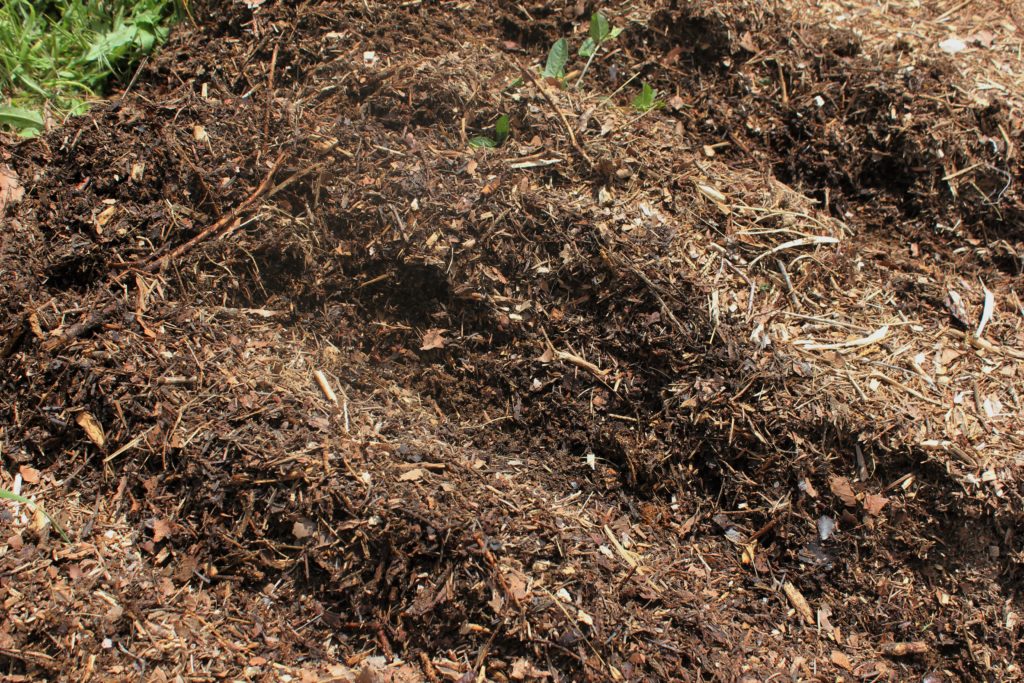
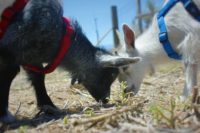
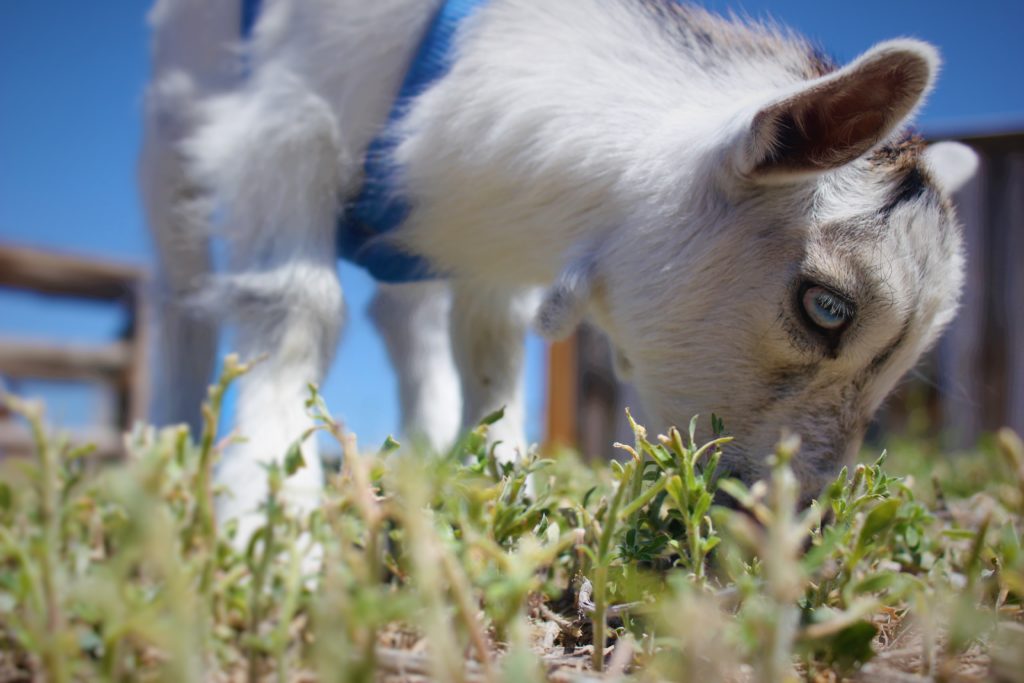
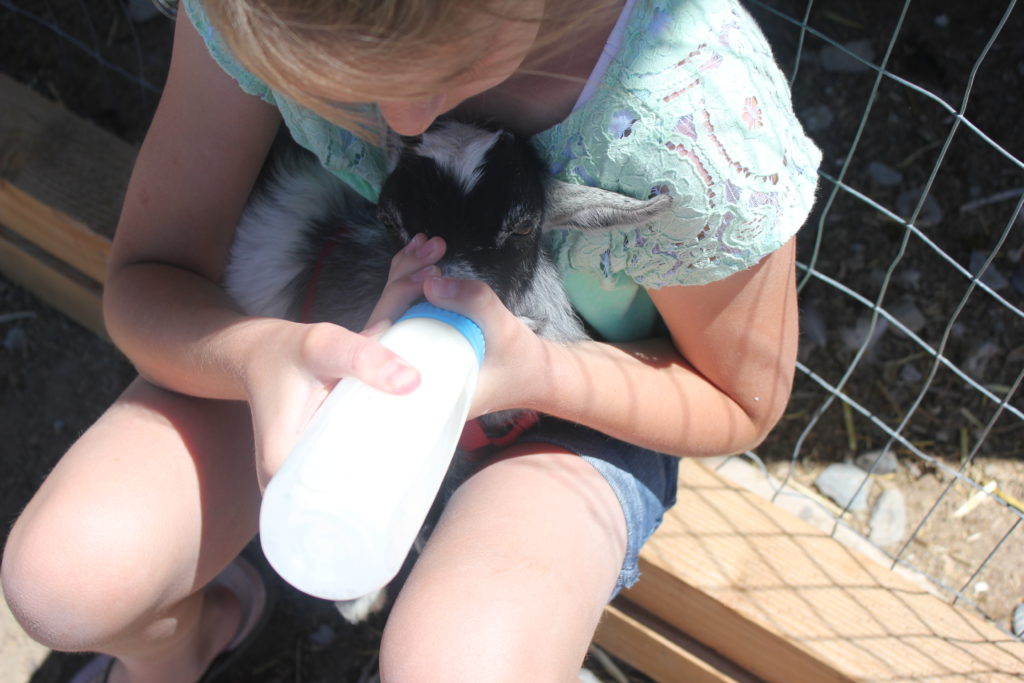
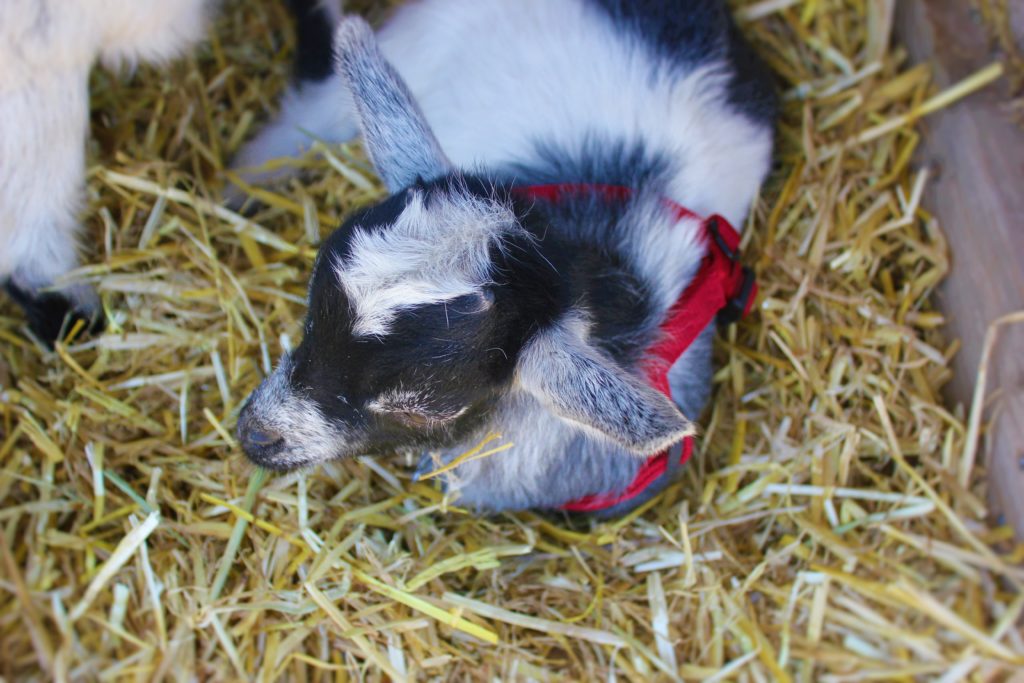
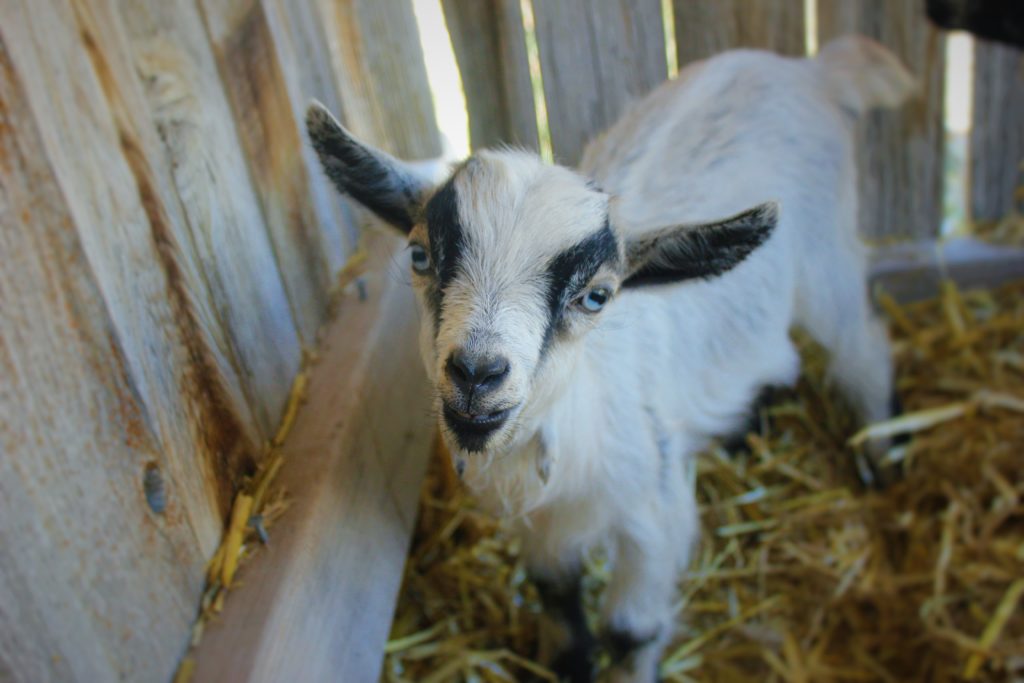
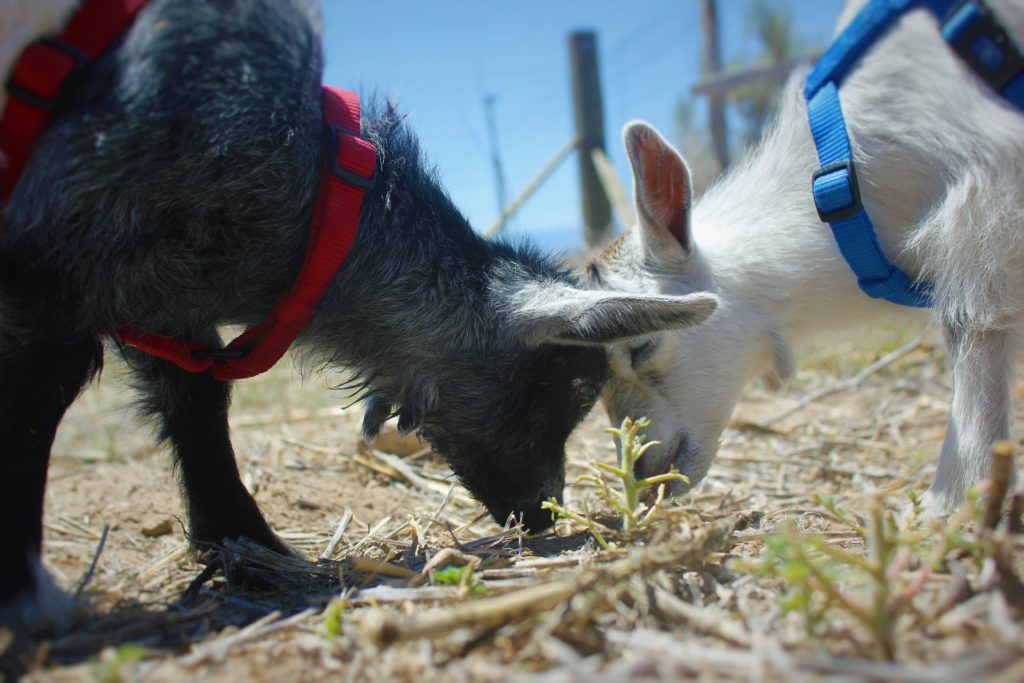
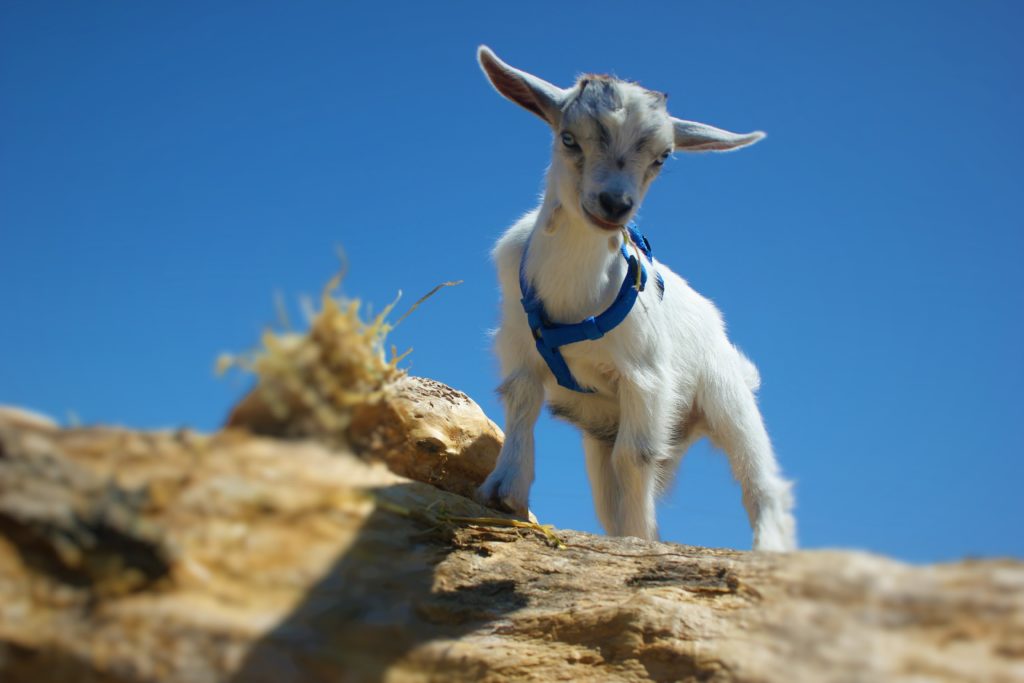
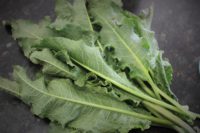
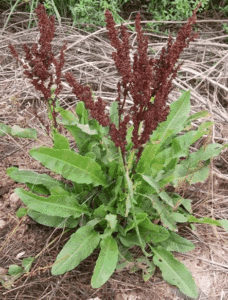
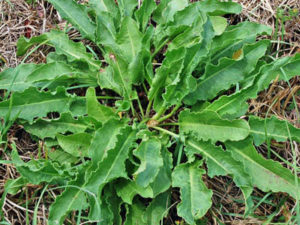
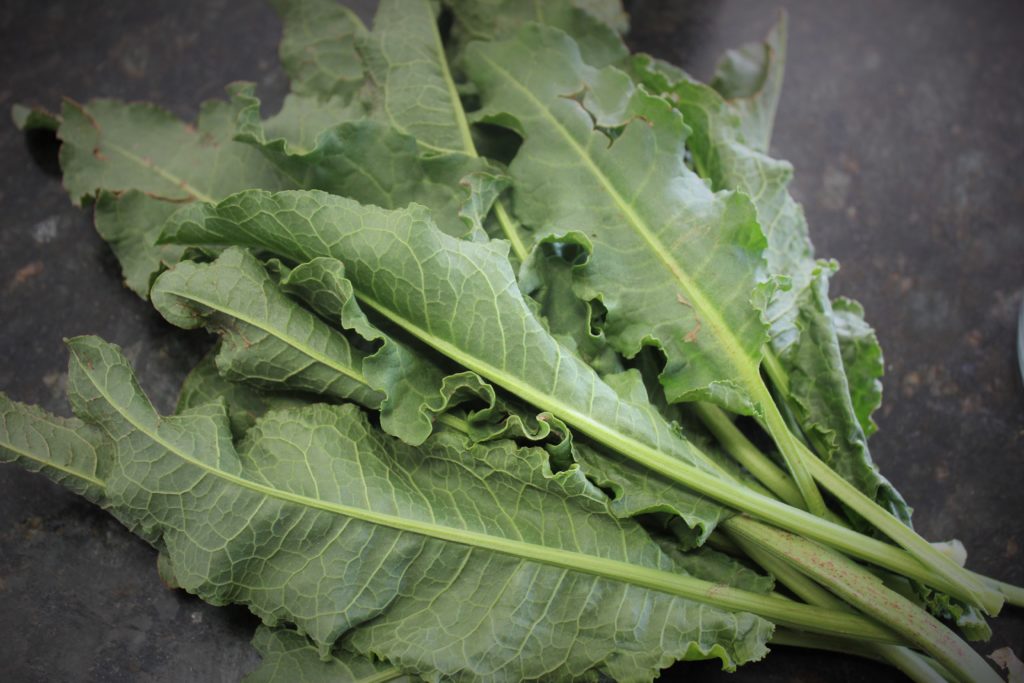 Another plant I have been harvesting a lot of is the Common Mallow. We eat mallow fresh, cooked, we dry, tincture and vinegar mallow. I wrote an article about the medicianl properties of mallow here:
Another plant I have been harvesting a lot of is the Common Mallow. We eat mallow fresh, cooked, we dry, tincture and vinegar mallow. I wrote an article about the medicianl properties of mallow here: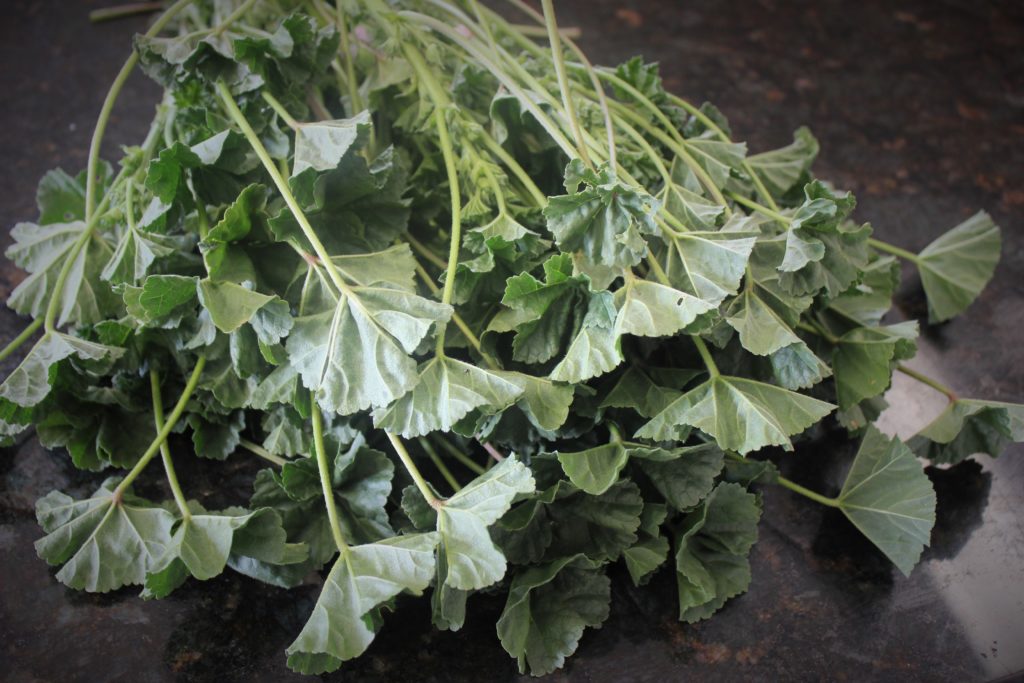
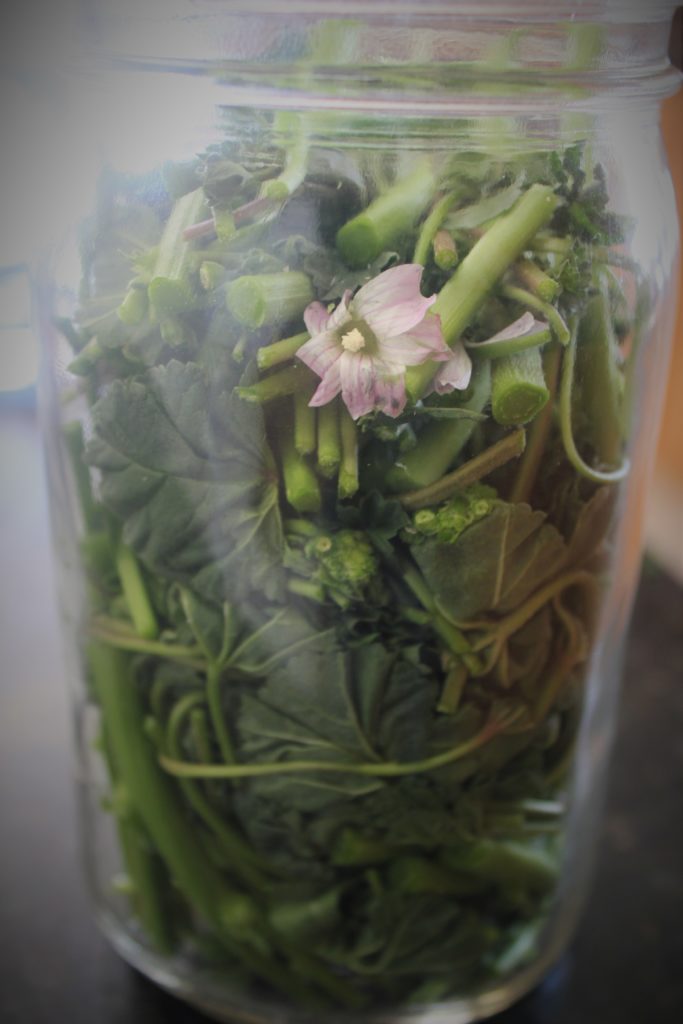
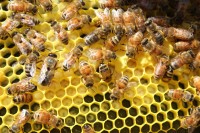
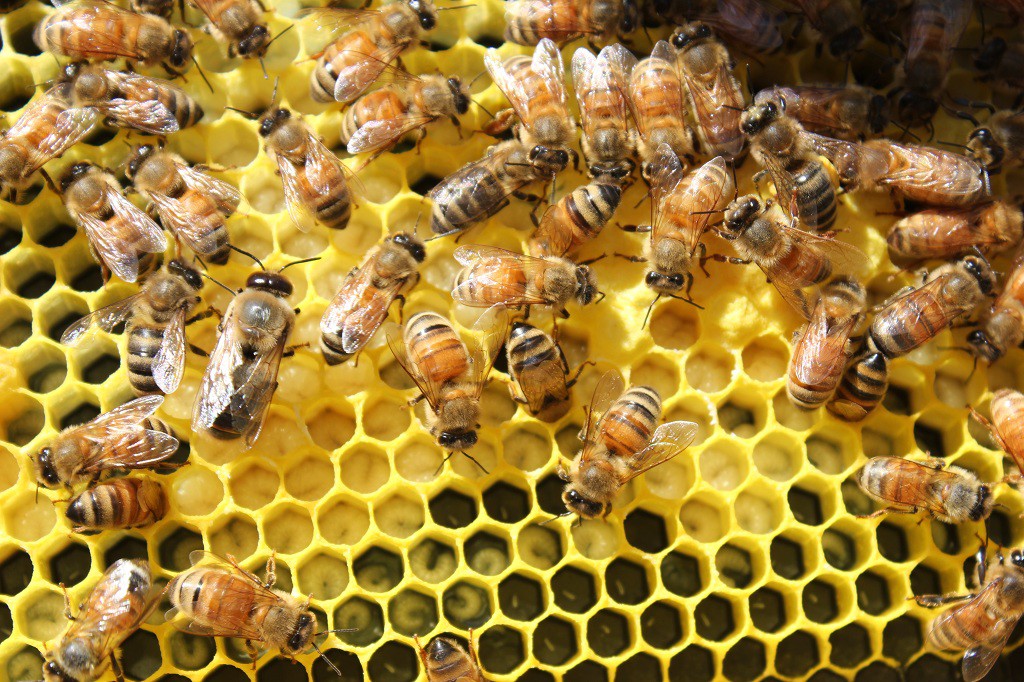 At some point you may want to try to attract a specific animal, insect, or plant to live on your property. I have heard people talk about wanting to have more birds, butterflies, and other things visit, and or live on their property. Many times, people will plant a specific plant, put in a bird house, or a water feature in the hopes that they will attract wildlife. But then they are disappointed when over time the visitor does not come. I have learned that it can be tricky to attract living things to your property. But there are some things you can do that will greatly enhance your ability to attract animals, insects, and birds if you first understand the living organism first.
At some point you may want to try to attract a specific animal, insect, or plant to live on your property. I have heard people talk about wanting to have more birds, butterflies, and other things visit, and or live on their property. Many times, people will plant a specific plant, put in a bird house, or a water feature in the hopes that they will attract wildlife. But then they are disappointed when over time the visitor does not come. I have learned that it can be tricky to attract living things to your property. But there are some things you can do that will greatly enhance your ability to attract animals, insects, and birds if you first understand the living organism first.


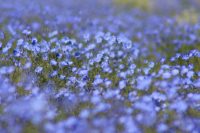
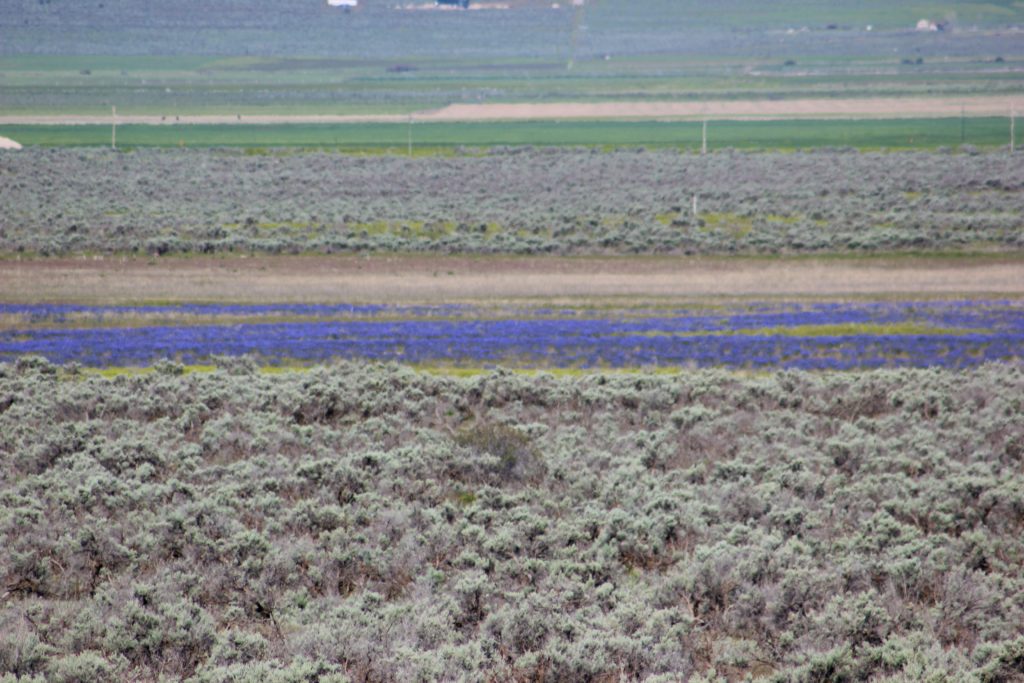
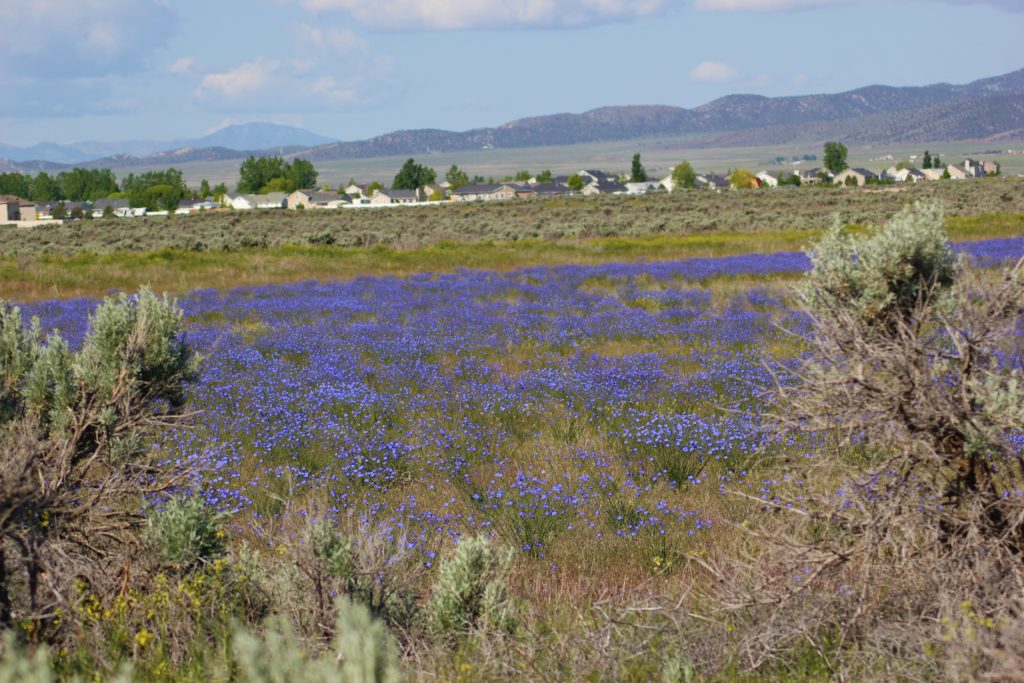
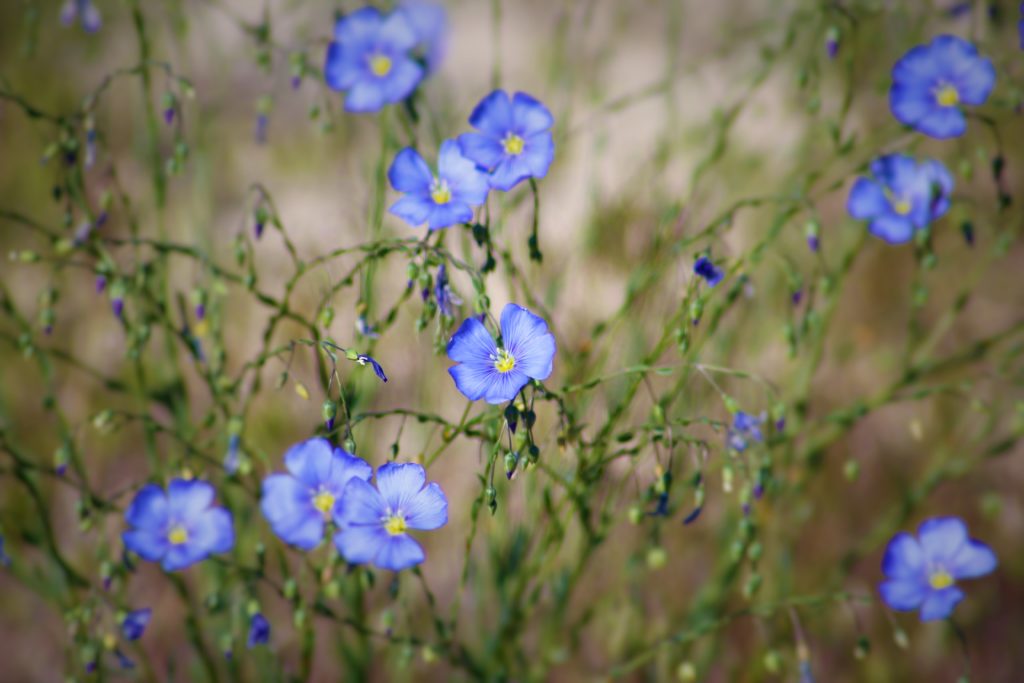
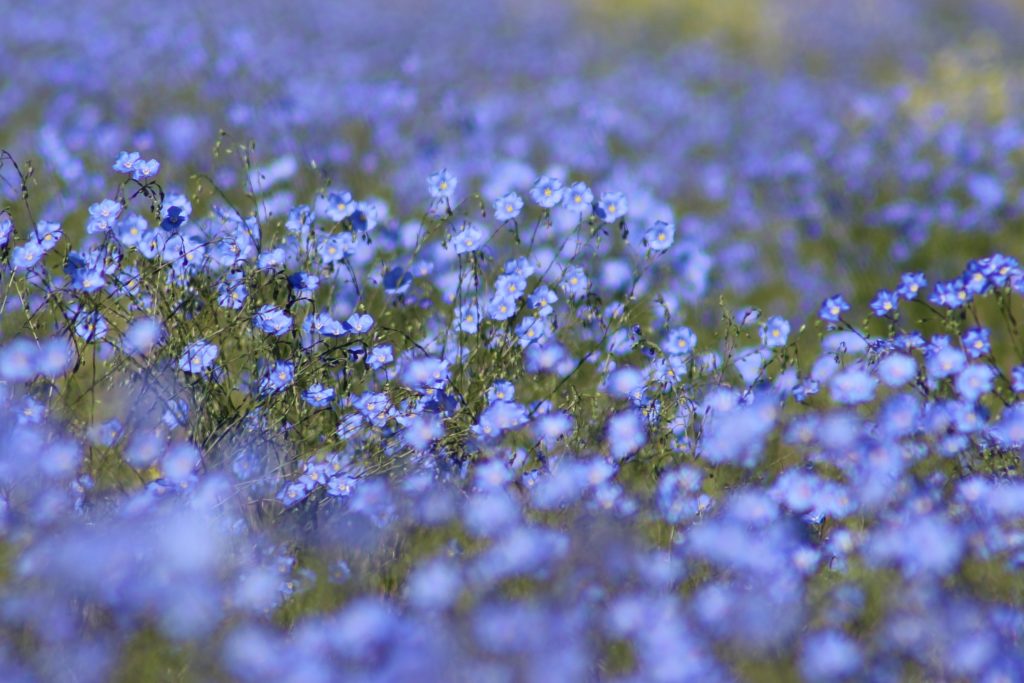
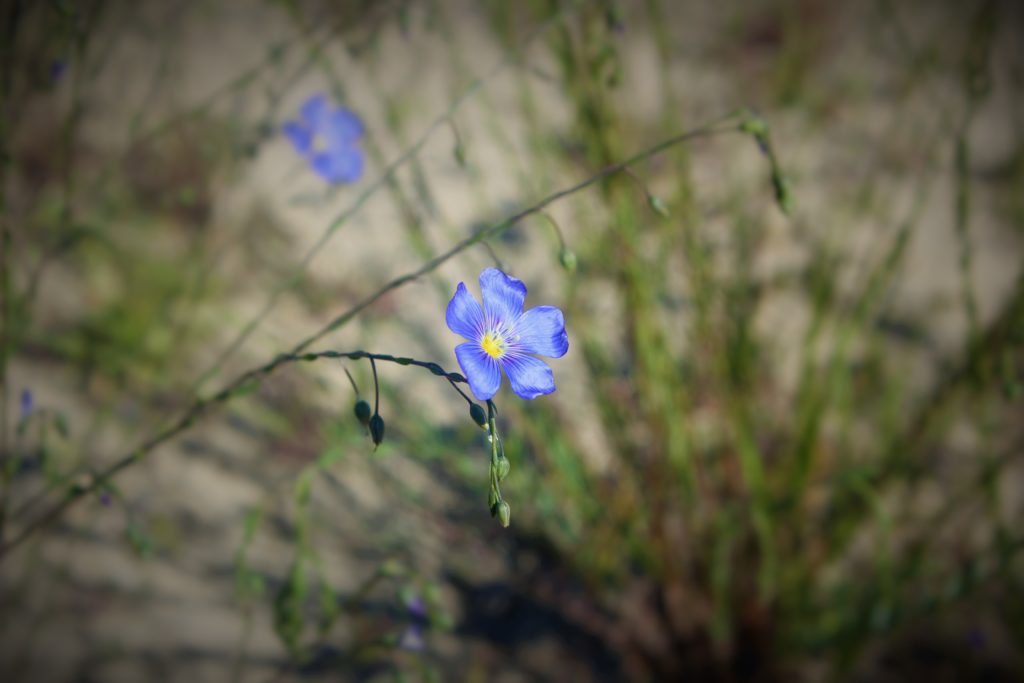 It was glorious and beautiful, such a concentration of blue flowers in the desert, a herald to the coming summer, a shout to Mother Earth and Father in Heaven.
It was glorious and beautiful, such a concentration of blue flowers in the desert, a herald to the coming summer, a shout to Mother Earth and Father in Heaven.